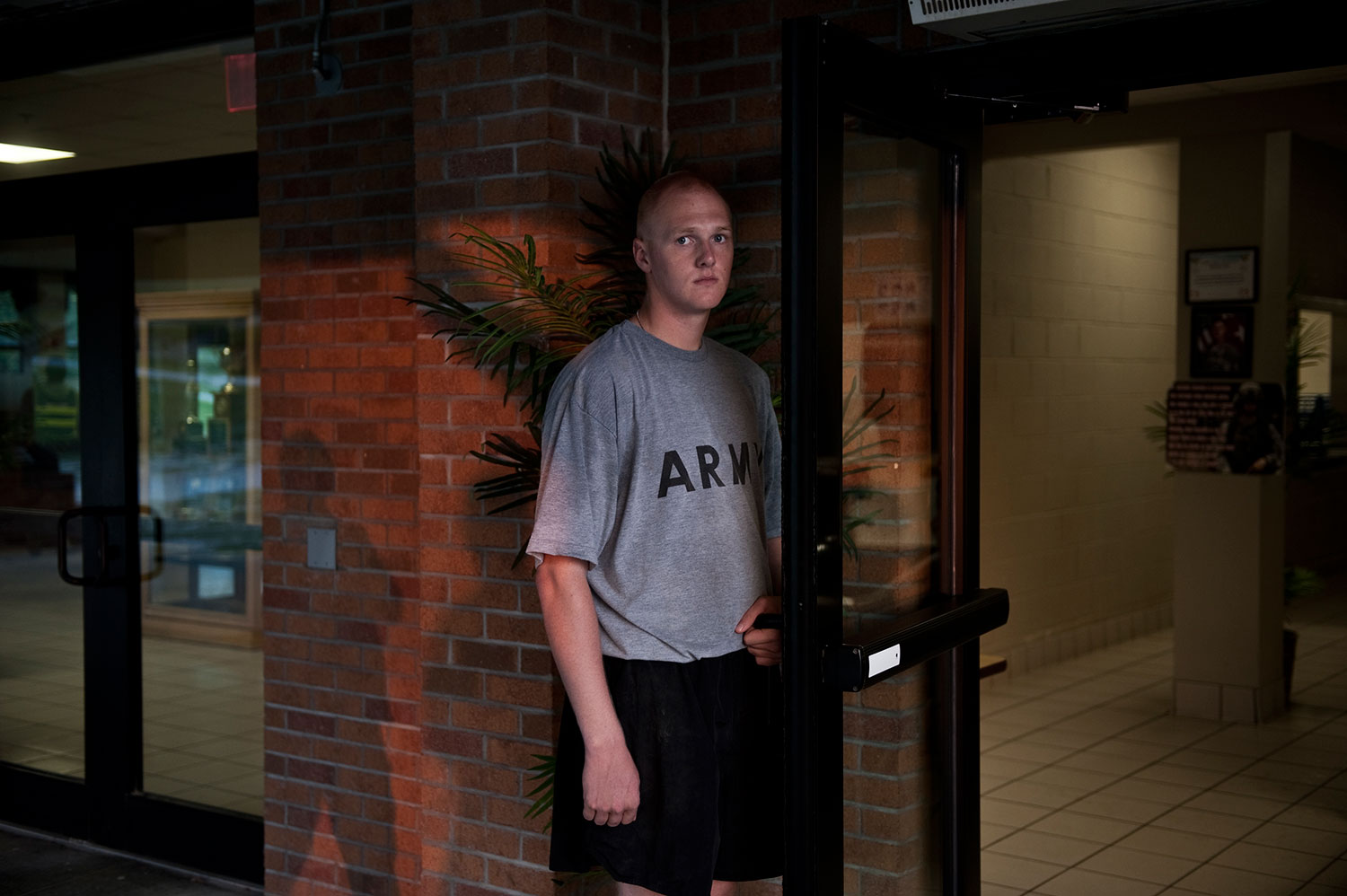
In September, photographer Peter van Agtmael traveled to South Carolina for “The Other 1%,” which appears in next week’s issue of TIME. Here, he writes about the experience of photographing new recruits at Fort Jackson military base.
At Fort Jackson, South Carolina, hundreds of recruits gather in the pre-dawn darkness in black vinyl shorts and grey t-shirts with the words “ARMY” across the chest. Lit by floodlights, the soldiers line up and wait for their turn to do push ups and sit ups while drill sergeants scream at them if they slow their pace. They are from America, but also Afghanistan, Italy and Sweden. Most of them are teenagers, others in their late twenties and thirties. There are refugees from the economic crisis and others looking for adventure or for a profound change in unfulfilling lives. They aren’t training to be in a combat role—they will go into the Army’s vast support staff, becoming mechanics, cooks, or technicians. If they deploy to the wars, they will likely live on the large support bases and see little of the country in which they are helping to fight a war.
My escort around the base is a soldier with a Combat Infantryman’s badge on his uniform, which he earned in Iraq. I tell him he is lucky he’s gotten a quiet job working at the Public Affairs Office stateside given the frequent deployments, and he is silent for a while. Eventually he tells me that he’d received a traumatic brain injury when his humvee was hit by a roadside bomb. Now he has trouble concentrating and loses his equilibrium when he walks. Over time, his injury will prove fatal. The rest of the day he talks about his wife and children and about how much he misses being in the field.
Later in the day, the soldiers walk through a course designed to teach them to recognize improvised explosive devices (IEDs), the number one killer of soldiers in Iraq and Afghanistan. In every instance, they miss the warning signs an IED is buried: an invisible tripwire, a pressure plate. A jumpy young soldier, short, thin and shrill explains in detail the consequences of such mistakes in the field. After each mistake he tells stories from Iraq of fellow soldiers and friends being eviscerated, others decapitated. The recruits listen, their eyes wide, but they still don’t find a single device. One drill sergeant whispers to me that no matter how well the recruits are trained, they’ll miss most of the hidden bombs. When I was in Iraq and Afghanistan from 2006-2010, the first warning of an IED was usually the explosion. One time it was hidden in a dead animal carcass, another time in a pile of garbage, yet another was buried in a curve in a dirt road.
In another exercise they go into a room and CS gas is pumped in. They put on their gas masks before entering, and as the gas enters, they are instructed to remove them. Moments later they come out weeping and gasping and choking. Snot pours out their nose and a few collapse. The drill sergeants are on top them immediately, squatting, pointing and barking at them to get up and keep moving. Stumbling to their feet, they flap their arms to dissipate the gas.
They do exercises in trust, team building, and endurance, but much of the training is centered around preparing them for the realities of combat. In one exercise, the soldiers enter a warehouse. A dummy pumps fake blood while several soldiers mimic brutal injuries, screaming and writhing and some faintly smirking. The recruits are in confusion, drill sergeants continue to scream, and after a few minutes they dress the injured and get the casualties out of the kill zone while others pull security. A man in a black billed hat films the action. The instructors shake their heads and grimace but say the exercise will run smoothly in a few weeks after much practice. Indeed, most soldiers injured on the battlefield survive even the most grievous wounds.
Many of the men and women will eventually deploy to our wars. Most will live and some may die. But as they toil on, there is no shortage of recruits for the Armed Services.
Peter van Agtmael studied history at Yale and has since photographed throughout Africa, Iraq, Afghanistan and the U.S. His work from Iraq won a World Press Photo award in 2007. More of his work can be seen here.
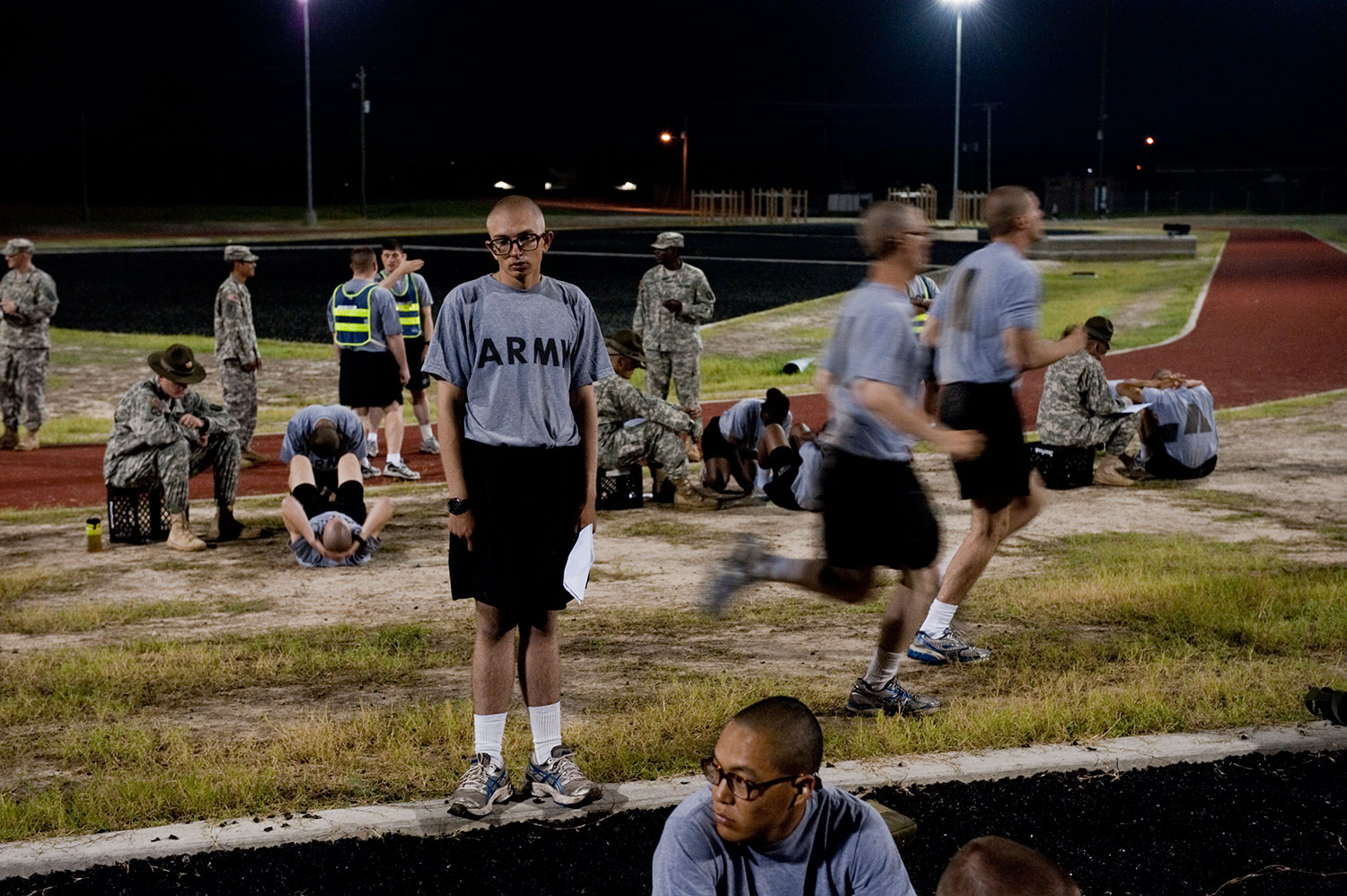
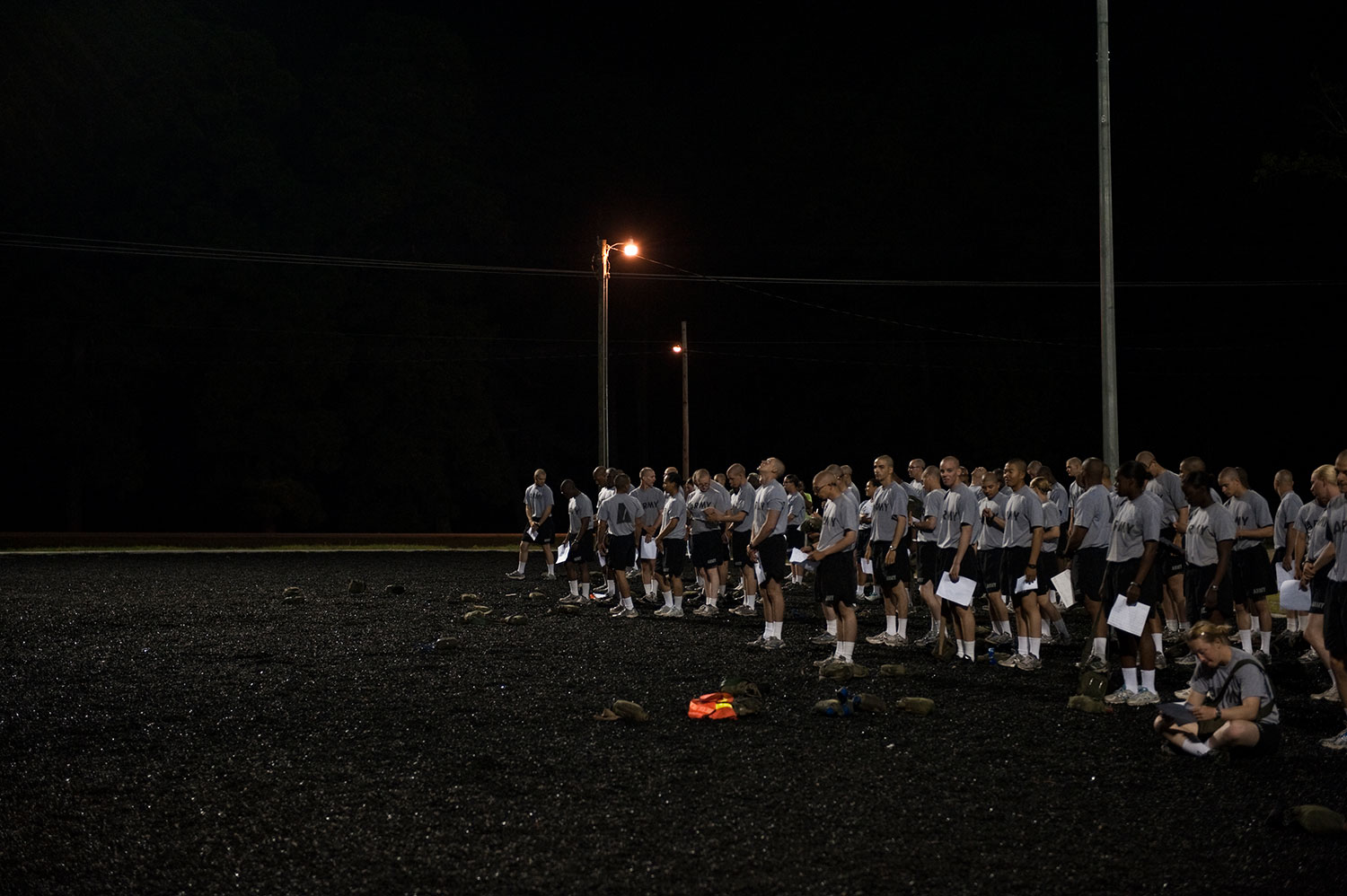
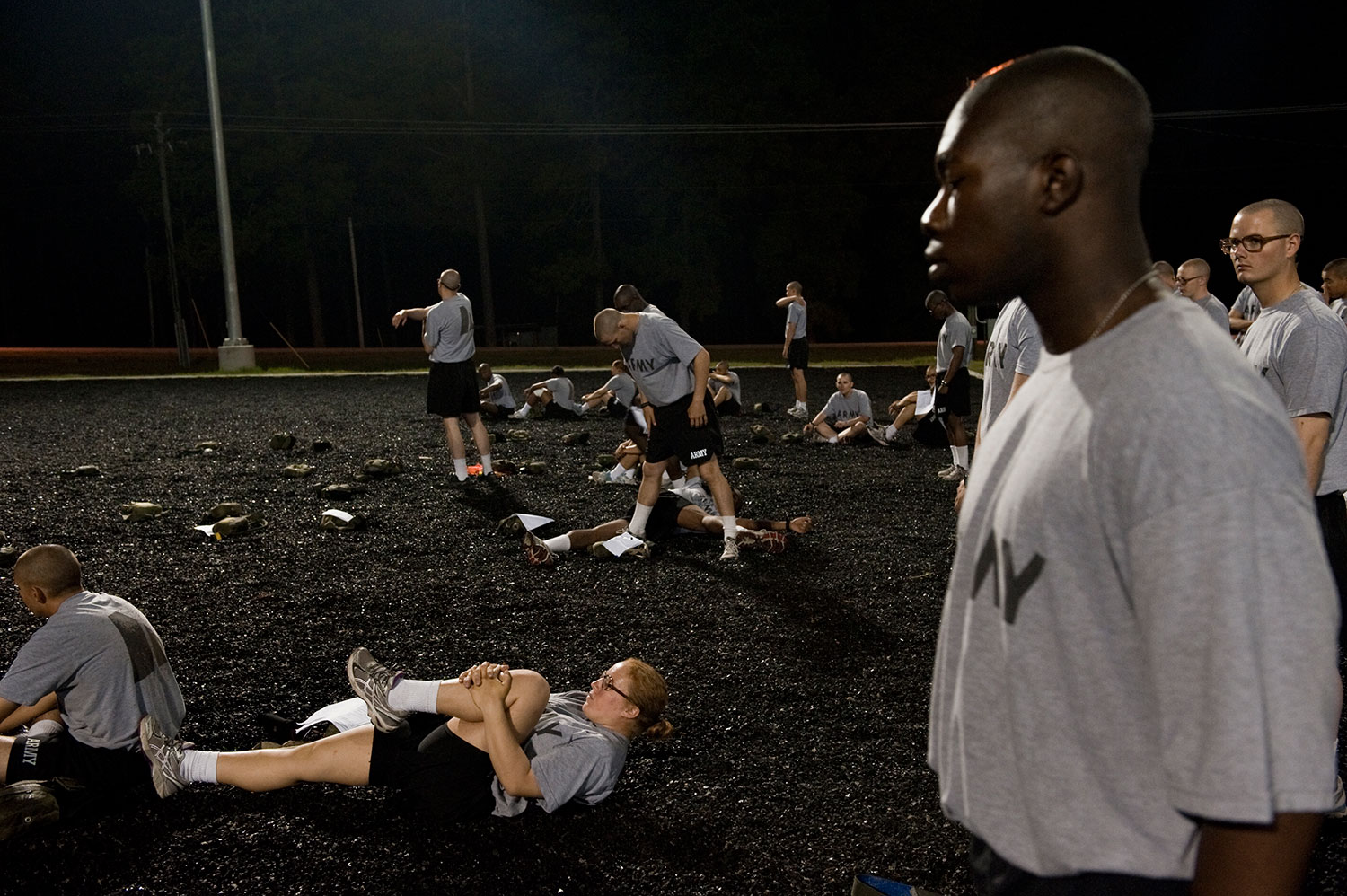

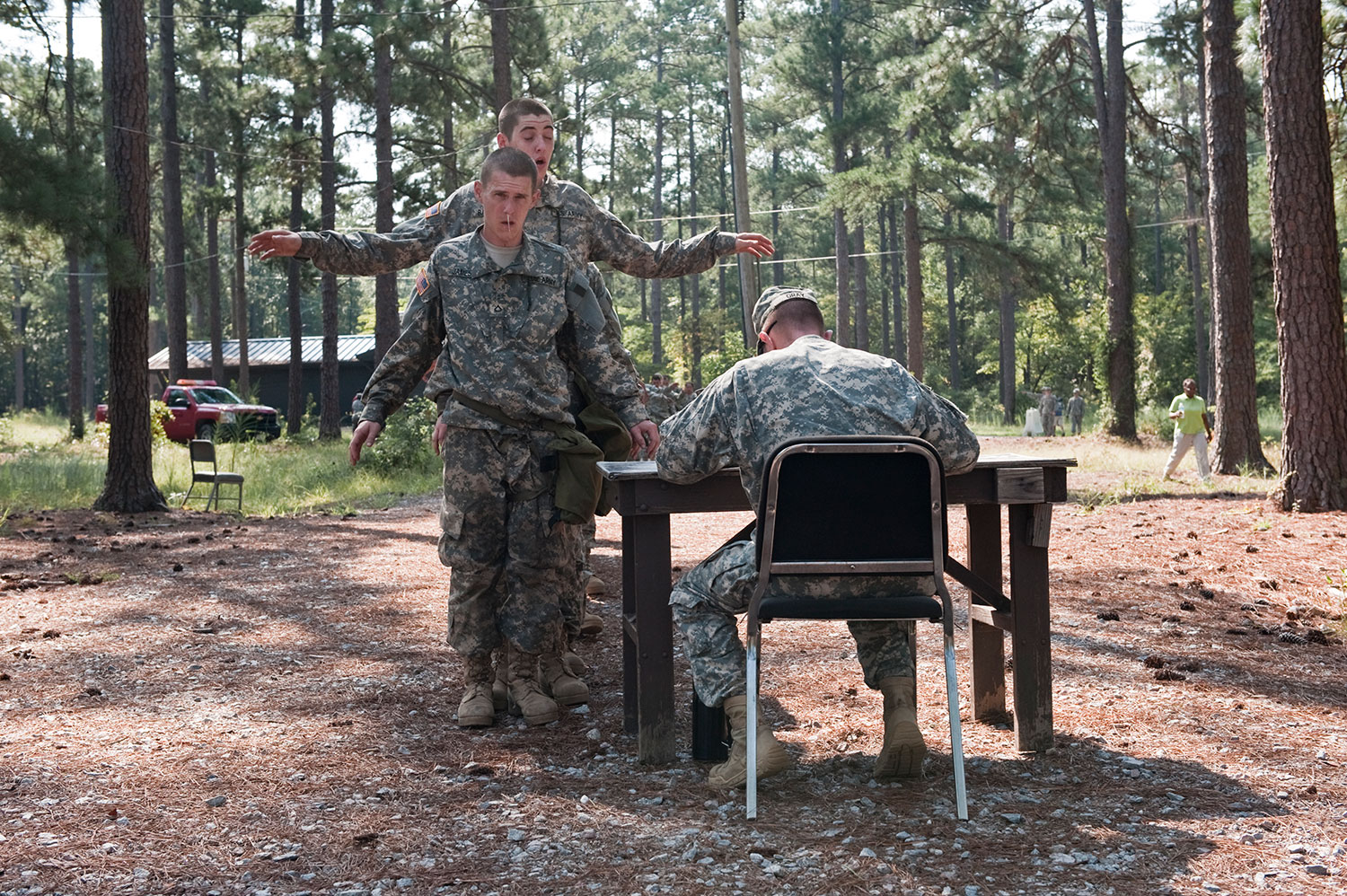

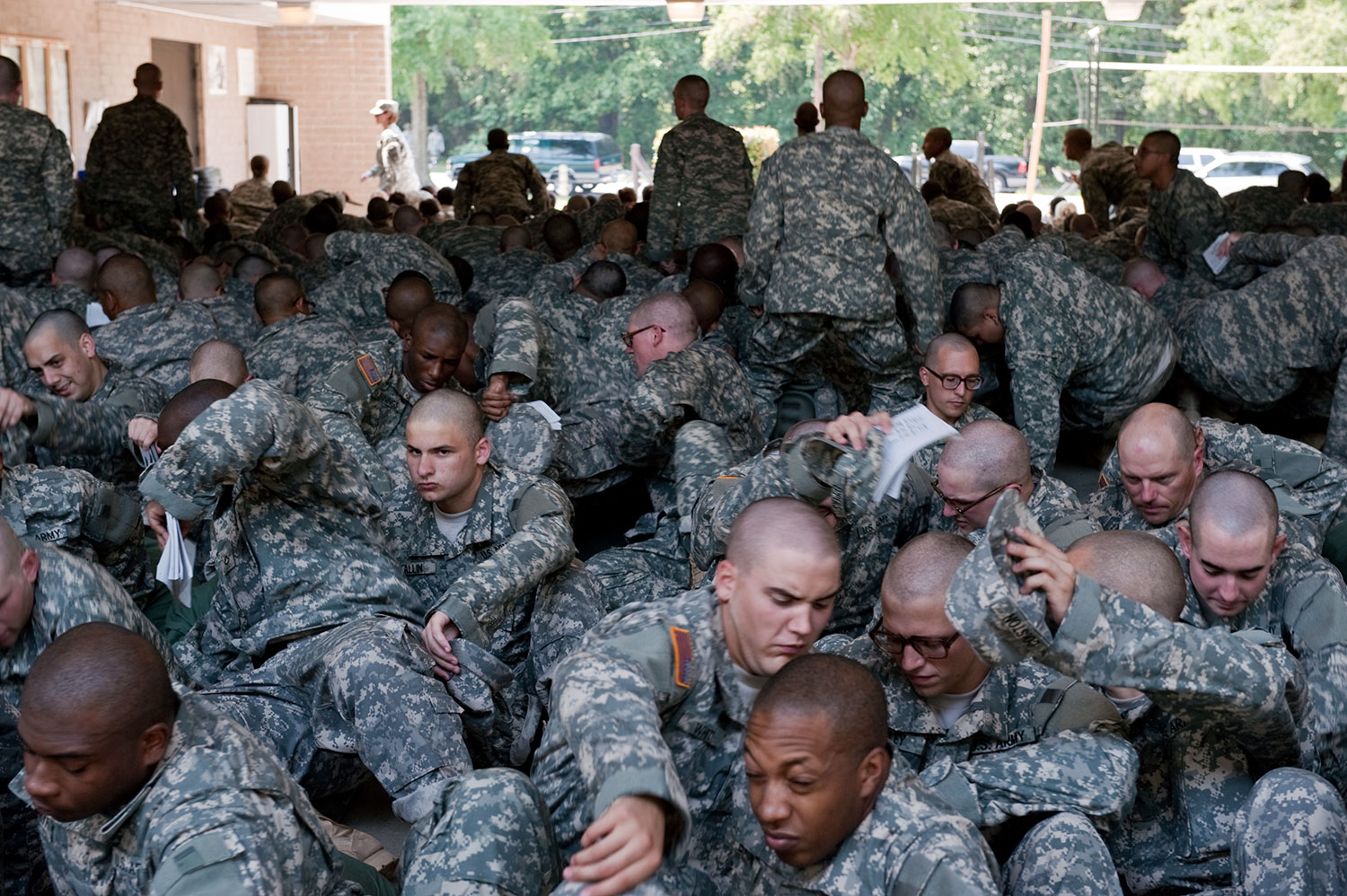
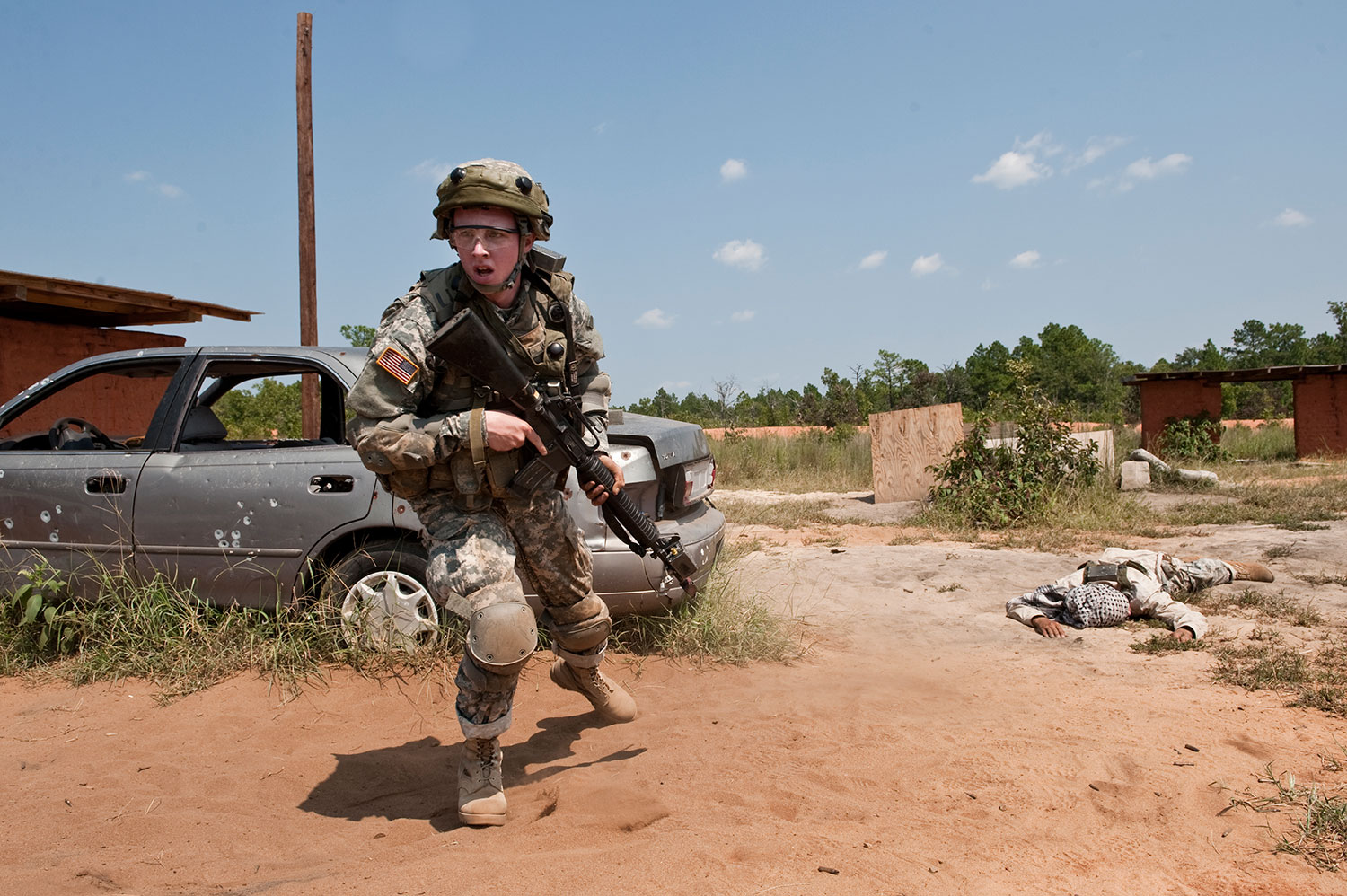
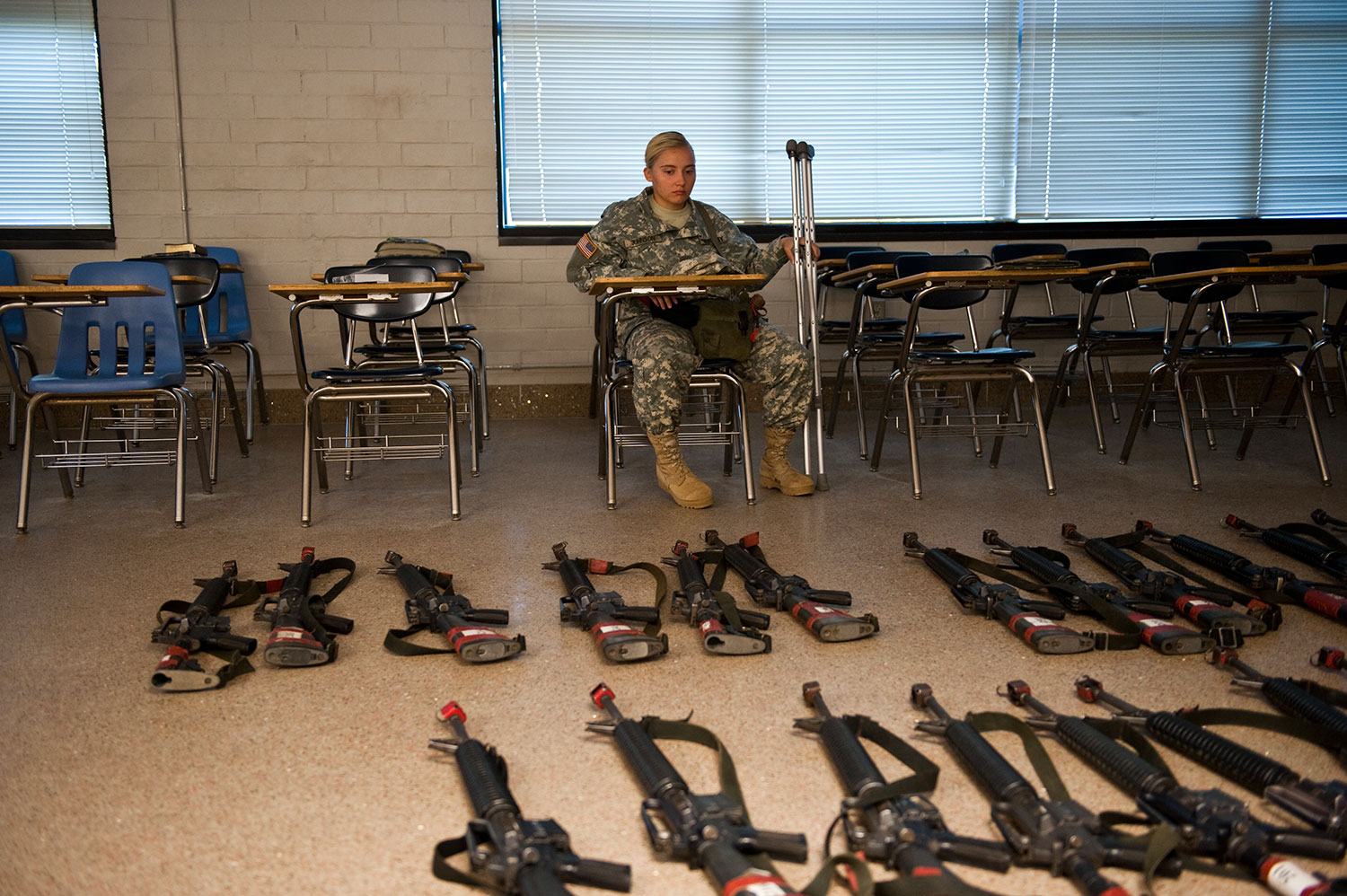

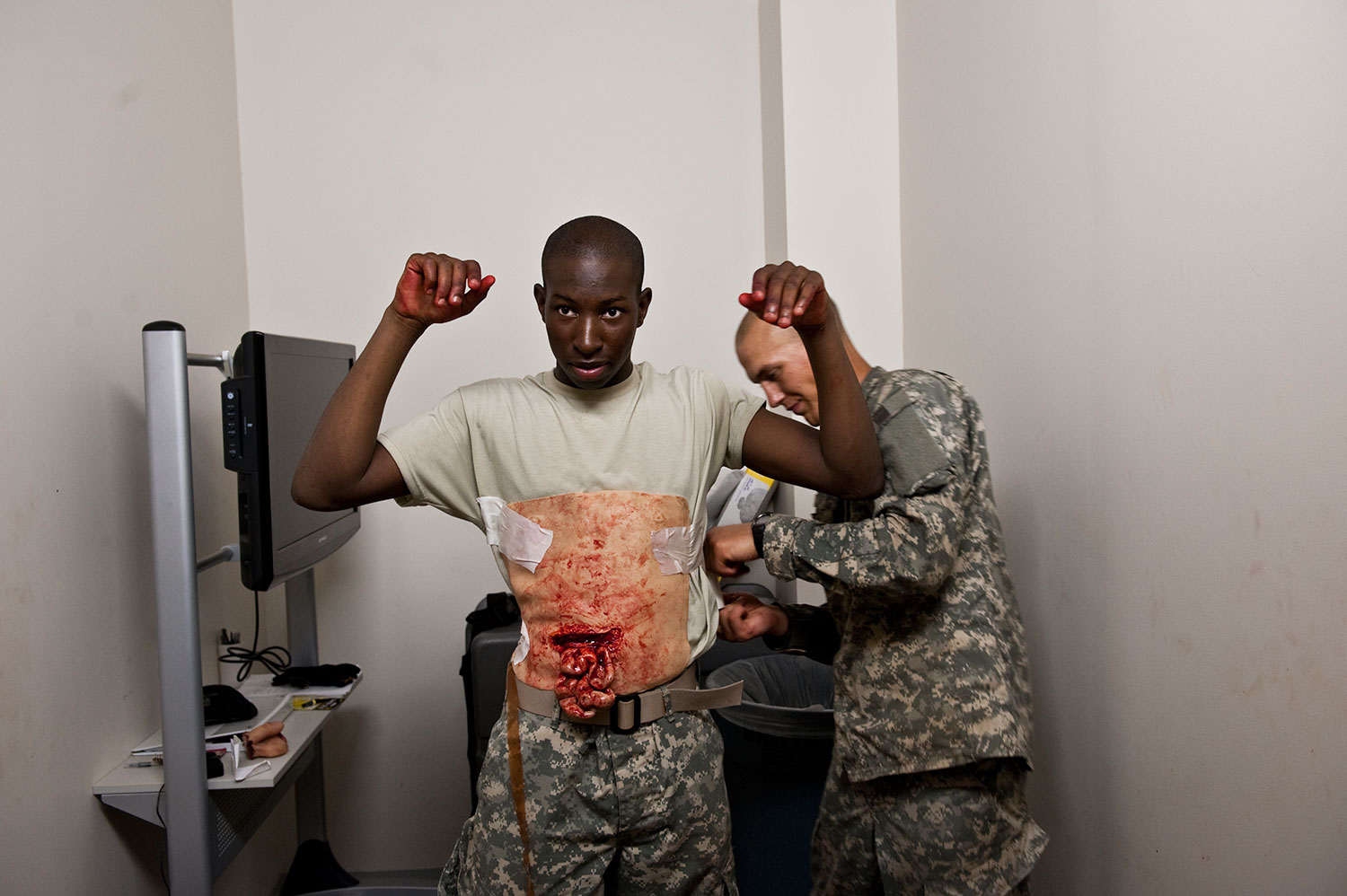
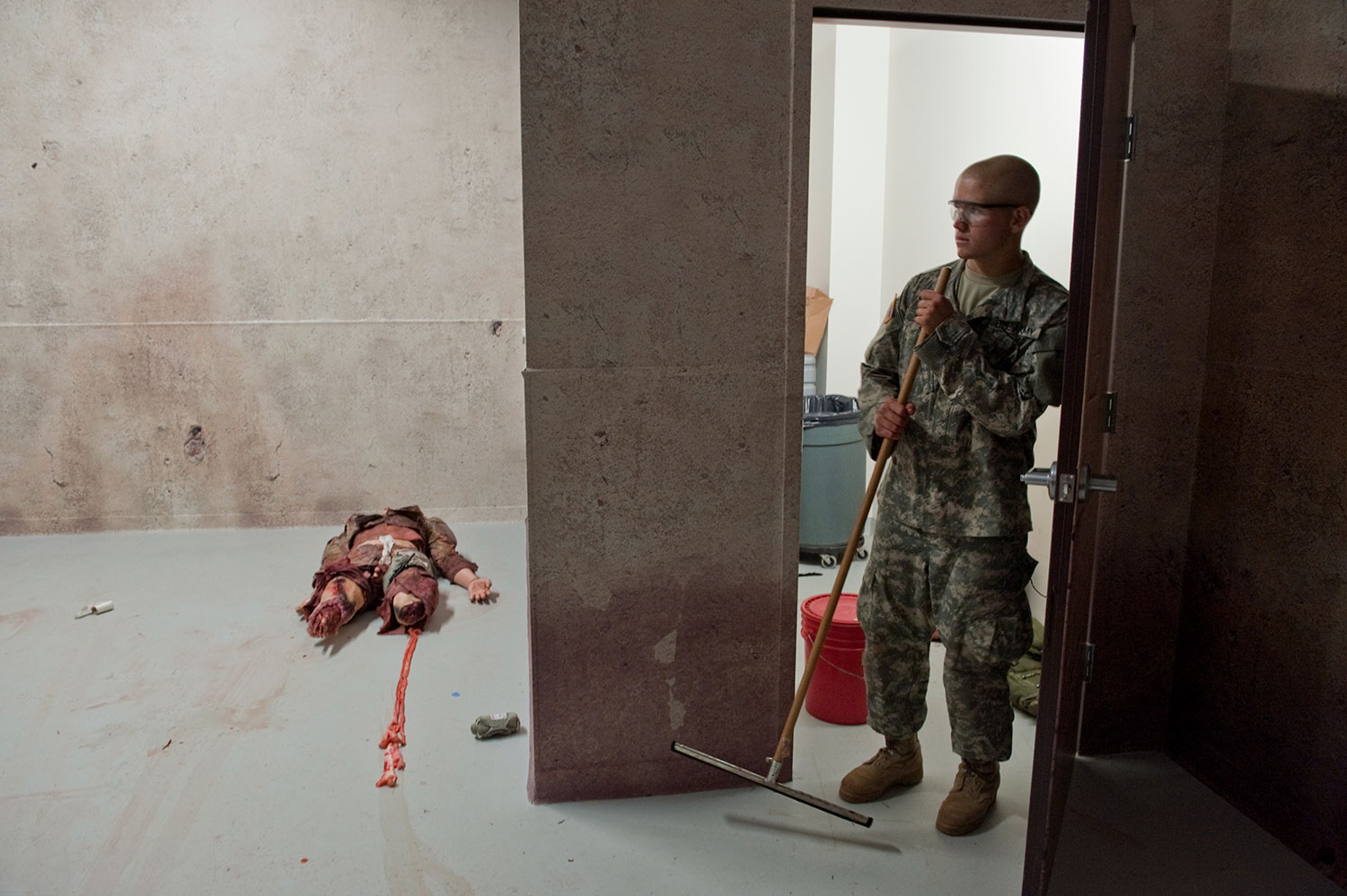
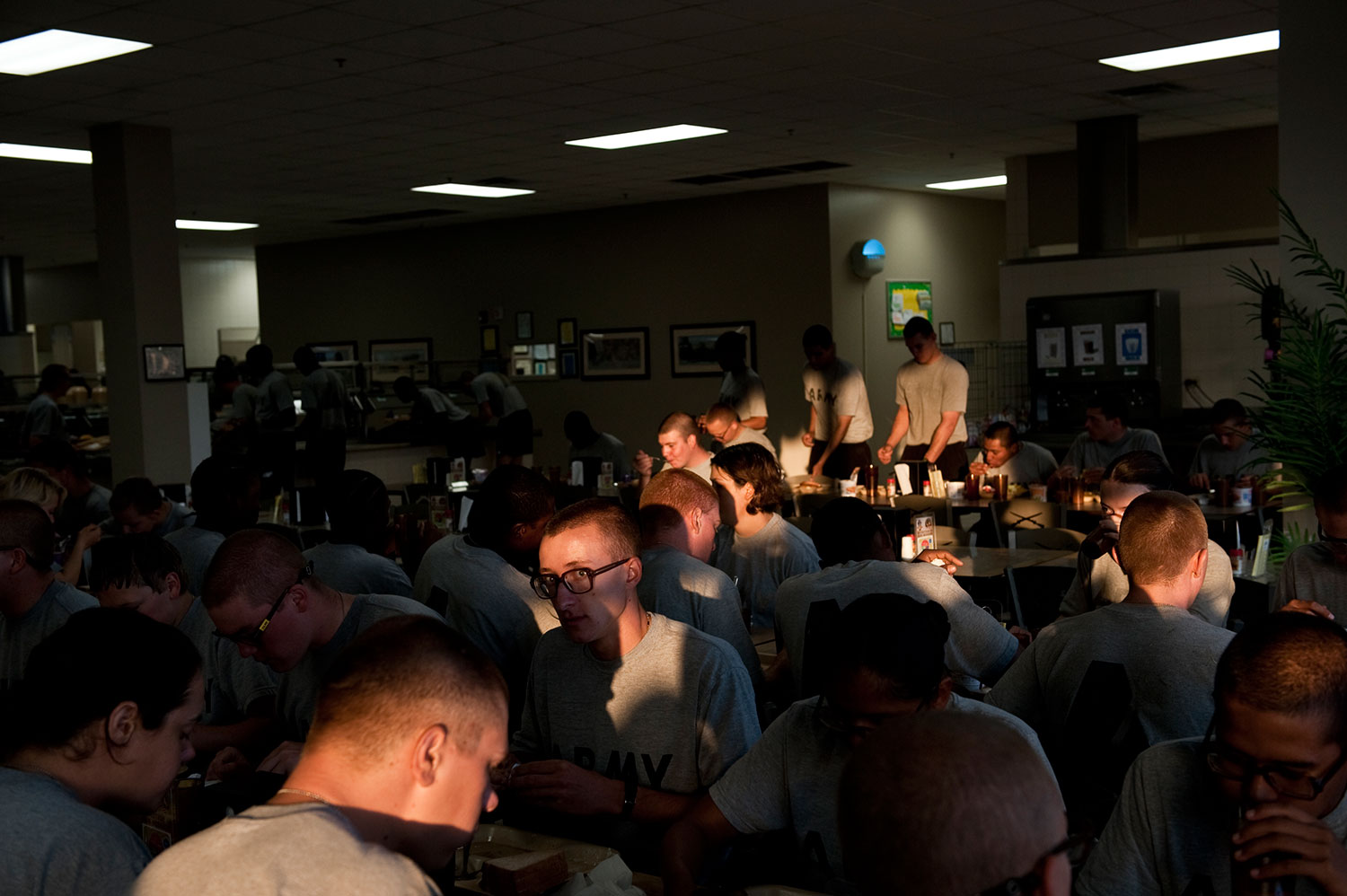

More Must-Reads from TIME
- Donald Trump Is TIME's 2024 Person of the Year
- TIME’s Top 10 Photos of 2024
- Why Gen Z Is Drinking Less
- The Best Movies About Cooking
- Why Is Anxiety Worse at Night?
- A Head-to-Toe Guide to Treating Dry Skin
- Why Street Cats Are Taking Over Urban Neighborhoods
- Column: Jimmy Carter’s Global Legacy Was Moral Clarity
Contact us at letters@time.com